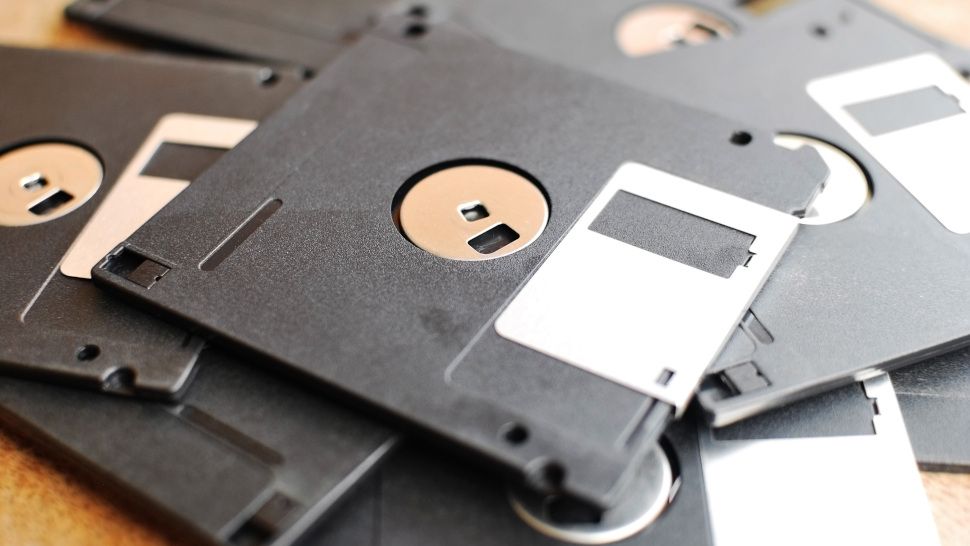- The disks were considered officially obsolete in 2010, but persisted in surprising places for years
- Polymatt used CNC machining and pet film to create a magnetic storage disk in operation
- Iron oxide coating allowed the handmade disk to store and recover basic magnetic data
Floppy discs, once a basic element of personal and professional computer science, have been gradually eliminated for more than a decade, but although technology was officially declared obsolete in 2010, some organizations continued to be surprisingly long.
The Japanese government only moved away from the format in 2024, while the German Navy did the same the same year. In the United States, the last official use of 8 -inch disks for nuclear launch coordination ended in 2019, with the San Franciso government, finally cutting the bonds with floppies in 2024.
In this context of obsolescence, a youtuber known as Polymatt decided to recreate one from scratch, using modern tools and consumption degree equipment.
Engineering of a floppy disk
Polymatt began the project by measuring and carefully modeling the disc enclosure and internal components using the Shapr3D and Makeracam software.
Then he cut the aluminum pieces with an Air Carvera CNC machine, ensuring precise tolerances for the mechanical structure.
For the surface of the magnetic disc, the PET film cut by laser and covered it with a suspension of iron oxide dust, replicating the properties of the material necessary for the storage of magnetic data.
After assembling the components, he managed to magnetize the album and write him.
Although the data management capabilities were basic, the fact that a magnetic storage means arose in operation of the raw materials marked a notable technical achievement.
The process was not exempt from difficulties, but persistence and methodical experimentation allowed him to complete the construction.
Today, cloud storage services allow large amounts of data to be accessed from anywhere, without the physical limitations of the oldest media.
SSDs offer high speed and durable storage in compact formats, while an external SSD offers a portable capacity that exceeds what was once possible with disks.
A single modern SSD can store millions of times more data than recreated floppy disk, with speeds that make the previous medium seem slowly slow compared.
While Polymatt's recreation is unlikely to be used in practical applications, it demonstrates the lasting attraction of practical engineering projects.
The construction of a floppy disk in 2025 serves as a tribute to a fundamental era in computing than as a viable alternative to current storage methods.
For those who once trusted them, the family sewage of the reading data of a floppy disk is part of a technological heritage that shapes modern computer science.
Attend









